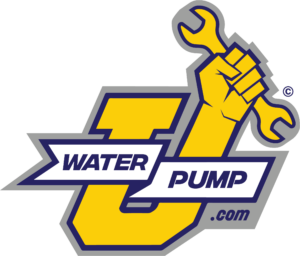Types
Fuel filters can be classified into in-line fuel filters and tank filters. An in-line fuel filter is typically used on vehicles with fuel injectors. The filter has an inlet connection on one end and an outlet connection on the other end. The filter connects in-line with the fuel feed pipe so that the fuel flows through the filter. Some fuel filters also have a vapor return outlet on the outlet side of the filter that carries vapor back to the fuel tank, which prevents vapor lock.
A lot of newer vehicles have the fuel filter located inside the fuel pump module inside of the fuel tank. The only way to service this filter is to replace the fuel pump module, thus the importance of cleaning the fuel tank when replacing a fuel pump.
Vehicles with carburetors typically have an in-line fuel filter on the fuel inlet of the carburetor. The fuel inlet connects to the filter with a gasket between these two components. The outlet end of the filter fits into the carburetor’s inlet with a spring to maintain tension.
A fuel tank filter is a screen or mesh located within the fuel tank. It is a pre-filter that prevents larger pieces of debris from entering the fuel line or fuel pump. The fuel tank usually must be drained and removed in order to inspect a fuel filter.
Symptoms
A fuel filter usually becomes slowly clogged over time, meaning the symptoms of a clogged fuel filter gradually become worse. These symptoms typically include poor acceleration and other performance problems. A partially clogged fuel filter may only become apparent when you attempt to pass another vehicle or driving at highway speeds, whereas a completely blocked filter will stop the engine immediately. Some fuel filters have a spring-loaded bypass valve that allows the fuel to bypass a clogged filter, although this can cause additional problems when the debris reaches the injectors or carburetor.
Inspection
The inspection of an in-line fuel filter generally consists of ensuring that it can pass air easily. Gasoline fumes are poisonous; so one end of a short piece of rubber hose should be fitted securely over the inlet end of the fuel filter. You should blow through the free end of the hose to avoid placing your mouth directly on the fuel filter. You should be able to blow air through the filter with minimal resistance. Inspection of a fuel tank filter consists of visually inspecting the screen for debris.
Maintenance
OE manufacturers have a fuel filter replacement in the maintenance schedule. If it is unknown if it has been replaced at the scheduled interval it is a good idea to replace it again. Also anytime a fuel pump is replaced the in-line fuel filter should also be replaced. An in-line fuel filter generally can’t be cleaned, so you will usually replace it once it becomes clogged. You should also replace the rubber hoses used to connect an in-line filter to the fuel lines at this time. Remove the debris on a fuel tank filter manually and rinse it with fuel before re-installing the filter. Replace the in-tank strainer if it is contaminated and any time a fuel pump is replaced.
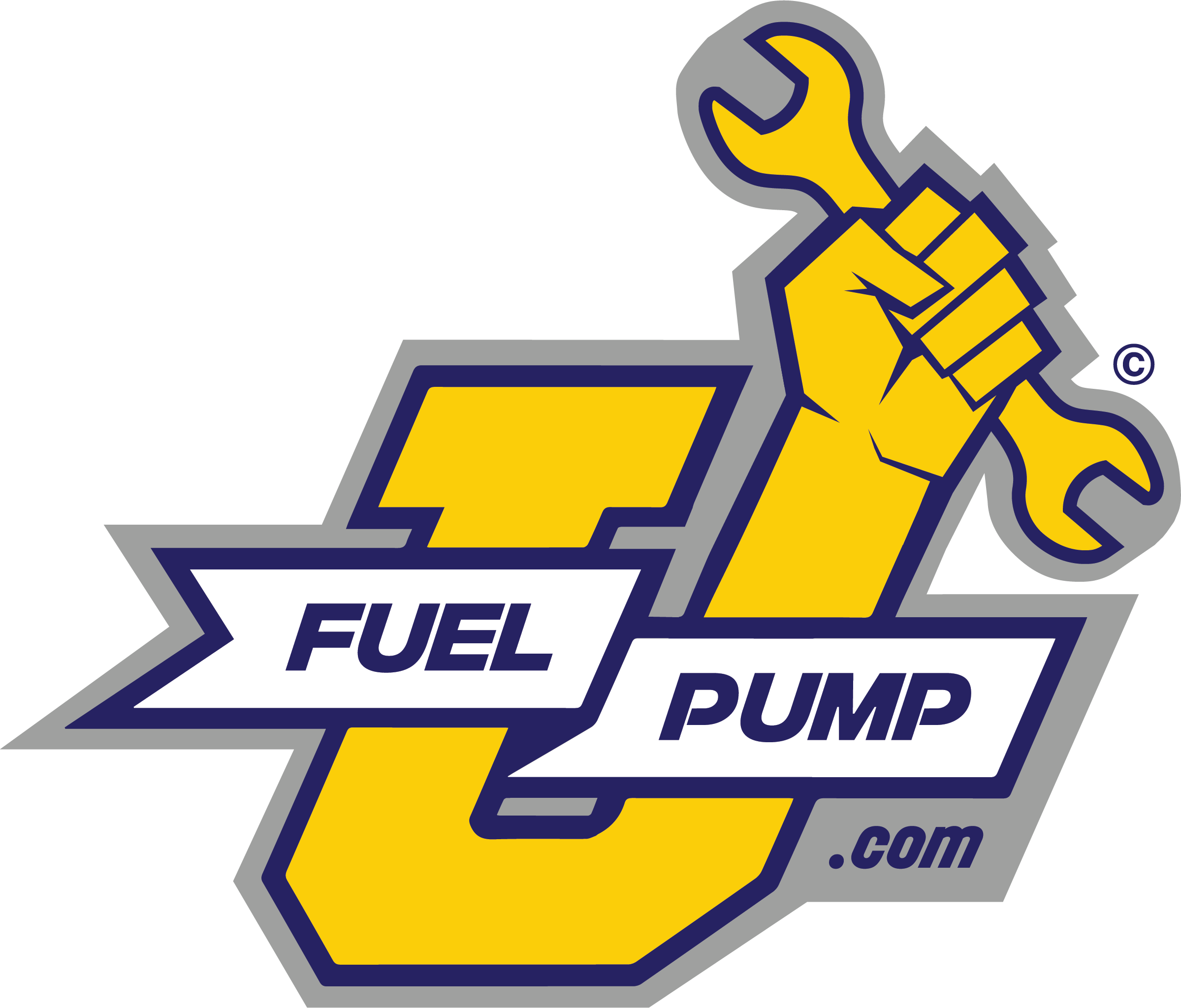
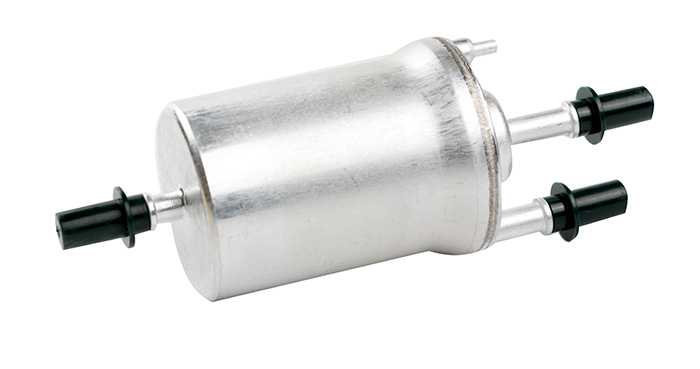
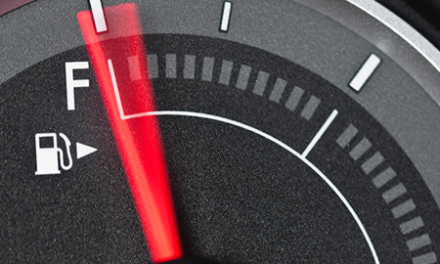
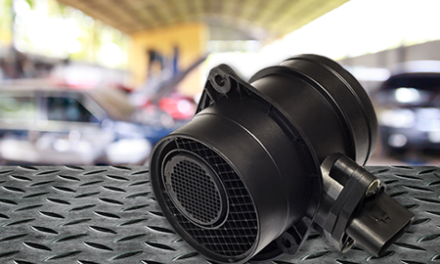
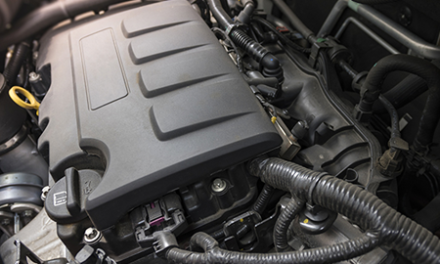
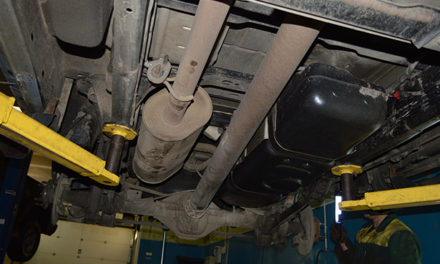

![[OE Auto Parts] - 35310-2E000 OE 1.8L fuel injectors sold by Pjvmvo are OE parts. We use VIN matching to ensure the integrity of our inventory and accuracy of product descriptions. [Fitment] - 1.8L Elantra & Forte Fuel injectors, Please use "amazon c...](https://m.media-amazon.com/images/I/51JYtJxDvRL._SL100_.jpg)
![[INDUSTRY LEADER] - Bosch has produced over 1 billion fuel injectors and is the number one name in original equipment (OE) injectors, with more than 45 years of gasoline system experience [OPTIMAL PERFORMANCE] – All applications provide precision flo...](https://m.media-amazon.com/images/I/41GZUFgcJLL._SL100_.jpg)
